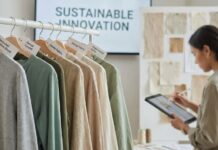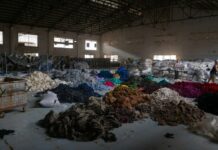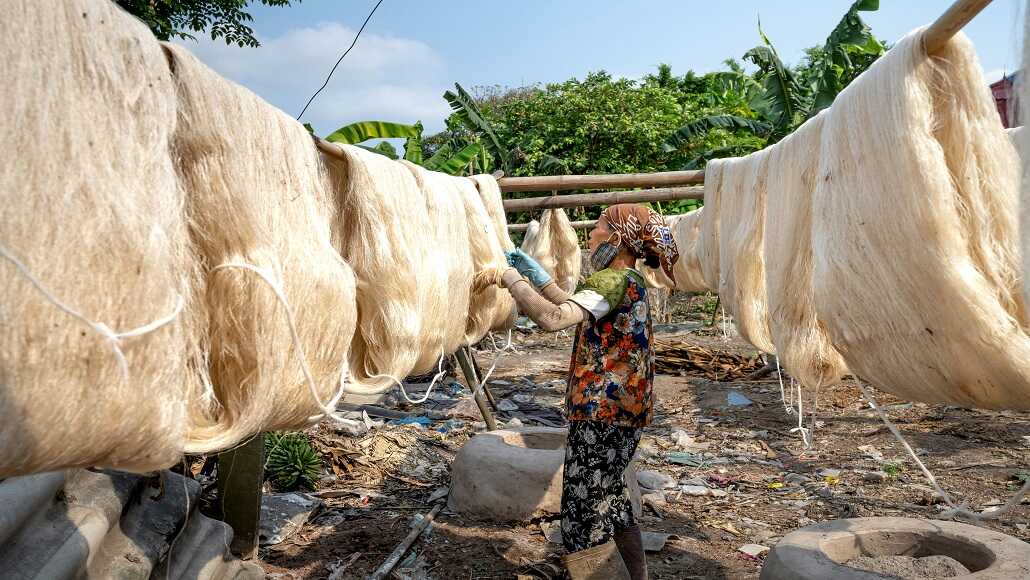JAKARTA – Indonesia’s Textile Tariff Challenges are poised to have significant repercussions on the sector, with 40 percent of the country’s textiles and apparel exports destined for the American market.
Industry representatives caution that the impending 32 percent “reciprocal” tariff, which will be enforced on Indonesian goods after a 90-day suspension for negotiations, could lead to an escalation in layoffs within a sector that was already experiencing difficulties prior to this policy announcement.
To counteract these challenges, textile industry associations have proposed increasing imports of raw materials like cotton from the U.S. This move could serve as leverage in trade negotiations and help mitigate the impending tariffs, as well as safeguard the domestic market by limiting imports.
Efforts to diversify Indonesian exports away from the U.S. are viewed as impractical in the short term, hampered by limited market demand and fierce competition from local businesses in target countries.
In 2024, Indonesia recorded a $16.8 billion trade surplus with the U.S. but now finds itself among numerous nations facing steep tariff hikes. On April 2, U.S. President Donald Trump announced a 32 percent tariff on Indonesian goods, which took effect on April 5.
However, Trump reversed his decision, temporarily reducing tariffs for all affected nations to a “baseline” rate of 10 percent for 90 days, while imposing an extraordinary 125-percent basic tariff on Chinese imports.
Redma Gita Wirawasta, chairman of the Indonesian Filament Yarn Producers Association (APSyFI), noted that approximately 40 percent of the overall textile sector’s exports are directed to the U.S., predominantly in the form of finished products. Indonesia ranks as the fifth-largest textile and apparel exporter to the U.S., following China, India, Vietnam, and Bangladesh.
He expressed concerns that the new U.S. tariffs could diminish Indonesia’s price competitiveness in the American market and warned that countries facing even higher reciprocal tariffs might redirect their surplus products to Indonesia, potentially inundating the local market with cheaper alternatives.
“That would disrupt the domestic industry and accelerate layoffs across the board,” Redma stated during a press conference on April 4, highlighting the necessity of enforcing stricter import controls and local content requirements (TKDN).
Even prior to Trump’s tariff announcement, Indonesia’s textile, apparel, and footwear sectors were experiencing strain due to declining export demand and a surge of inexpensive imports.
A notable example is the textile giant PT Sri Rejeki Isman (Sritex), which filed for bankruptcy in October of last year and officially ceased operations on March 1, resulting in over 10,000 job losses.
On March 5, the Banten Manpower and Transmigration Agency reported significant layoffs at two major footwear manufacturers, PT Adis Dimension Footwear and PT Victory Chingluh Indonesia, which supply global brands like Nike, Adidas, Reebok, and Mizuno.
Some exporters, including the Association of Indonesian Metalworking and Machinery Companies (Gamma), believe that the 90-day reprieve from reciprocal tariffs could lead to an increase in demand from U.S. importers eager to take advantage of the temporary relief.
However, APSyFI’s Redma cautioned against increasing exports during this period, as a sudden surge could exacerbate the U.S. trade deficit with Indonesia, the very concern that elicited the tariff policy in the first place.
Instead, he advocated for diplomatic efforts focused on enhancing imports of U.S. goods and addressing regulatory barriers that might impede trade.
Alongside the Indonesian Textile Association (API), APSyFI has suggested that the government use cotton imports as a strategic bargaining tool in trade discussions.
Redma noted that Indonesia previously imported around $300 million worth of cotton from the U.S., but this figure has dwindled to $140 million due to the influx of intermediary textile products from other countries.
To alleviate tensions and mitigate the impending tariffs, Redma proposed that Indonesia revert its cotton imports back to the U.S. API chairman Jemmy Kartiwa Sastraatmaja emphasized that such a shift would not significantly impact prices, provided local manufacturers synchronize their procurement cycles with the U.S. cotton harvest season.
Dependence on the U.S. Market
The Indonesian government has committed to negotiating with the U.S., proposing to increase imports of American products and simplify trade and business regulations. Finance Minister Sri Mulyani Indrawati stressed the need to diversify export destinations to lessen Indonesia’s heavy dependence on the U.S. market.
However, textile associations contend that breaking away from the U.S. is a challenging endeavor. As the largest consumer of textile goods, bolstered by its vast economy, the U.S. remains a vital market.
Yet, Indonesia itself may also serve as a significant market for textiles.
“What we need to do now is negotiate smartly with the U.S., while also protecting our domestic market effectively,” remarked API’s Jemmy.
API deputy chairman for industrial issues Ian Syarif added that exporting to other major textile producers like China, India, Vietnam, and Bangladesh poses its own difficulties, as these countries enforce their own trade barriers to protect local industries.
“Our export destinations must have the purchasing power to absorb our products. And in the textile industry, the biggest consumer is still the U.S.”
In conclusion, addressing Indonesia’s Textile Tariff Challenges requires strategic negotiation and a focus on domestic market protection to ensure the industry’s survival amidst these new tariff pressures.



































